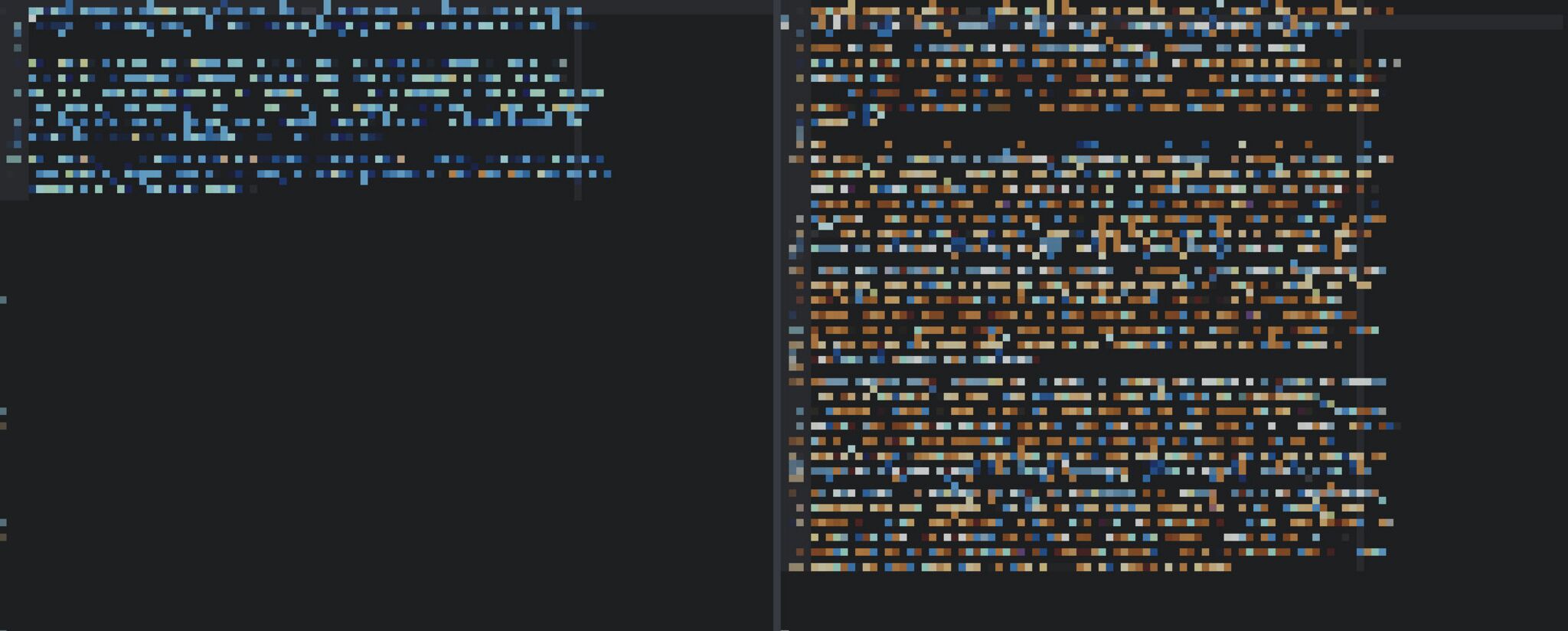Managers at every level are prisoners of the notion that a simple style reflects a simple mind. Actually a simple style is the result of hard work and hard thinking
– William Zinsser, On Writing Well
Every software engineering manager’s most precious resource is time. But you wouldn’t know it from reading our emails–bloated screeds of business buzzwords we expect our engineers to decipher.
If you lead a team and you value their time, then demonstrate it through lean and confident writing. Below you will find guidelines to help hone your writing skill.
1️⃣ Have a point ¶
Make sure you have something to say before you write.
Corporate-speak will write your email for you unless you remain vigilant1. Jargon lulls the writer into the false belief they’ve said something precise while your reader may wonder whether you’ve said anything at all.
Be direct and start your draft with the purpose of the email. Writing That Works by Roman and Raphaelson offers this advice: try writing what you want to say as if you’re talking face-to-face. Don’t worry if your first draft sounds too casual. You can always wrap your plain language in the requisite business shibboleths later.
2️⃣ Keep it short ¶
Write as if you were dying. At the same time, assume you write for an audience consisting solely of terminal patients.
– Annie Dillard, The Writing Life
Everything you write is too long.
People reading your emails aren’t fans of your writing—they’re trying to get through their email.
When you’ve finished writing your email, use Stephen King’s equation from On Writing: “2nd Draft = 1st Draft – 10%.” Your writing will be more effective.
3️⃣ Make it easy ¶
All visually displayed text involves typography
– Matthew Butterick, Butterick’s Practical Typography
Appropriate typography and thoughtful information architecture make your email easier to parse. It’s not enough for your email to be easy to read; it’s got to look easy to read.
Researchers at the University of Michigan gave student test subjects two identical sets of instructions: one in a hard-to-read font and one in an easy-to-read font.
Despite the steps being identical, the student’s predictions of the difficulty of the tasks differed. Students believed the less intelligible instructions described a more daunting task. The author’s conclusion is the title of their study: “If it’s Hard to Read, It’s Hard to Do.”
Break up long text with headings. Keep your paragraphs short. Use bullet points and short sentences to make your text look less intimidating and easier to read.

Squint test: Compare the shape of the first three paragraphs of a popular article about Barack Obama with the first three paragraphs of Barack Obama's Wikipedia entry.
Professional writers know to make it easy for their readers—the first paragraph on the left is a single sentence.
4️⃣ Make it ✨pretty✨ ¶
I know. Emojis 🙄.
In her book Because Internet, author and linguist Gretchen McCulloh posits that people embraced emojis because they add body language to our writing. The first two sentences of this section are an example of how emojis succinctly convey emotion.
Emojis help people process the shape of your text at a glance. I use emojis to lead the eye through a text. Emojis are precognitive signposts you can use to reinforce the meaning of your writing.
Emojis can’t substitute for substance, but they can help make your text easier for your readers.
I ❤️ the judicious use of emojis.
Further Reading ¶
- The Elements of Style – The essential text for improving your writing.
- On Writing Well – An extended remix of Elements of Style with specific chapters on writing for business.
- How to Make Sense of Any Mess – Found via the Write the Docs Book Club (another great resource). Tips to improve your information architecture.
- Butterick’s Practical Typography – Your readers should judge you by your ideas, not your typography.
Software ¶
- Hemingway Editor – In-browser editor that points out problems like overuse of adverbs and passive voice.
- Grammarly – I pay $60 quarterly for this. I don’t use the browser extension since that seems likely to send every plain text field I fill in my browser to their servers. I don’t trust this service with my data, but I do like this service.
Orwell said in “Politics and the English Language”: jargon will “construct your sentences for you—even think your thoughts for you, to a certain extent.”↩︎
